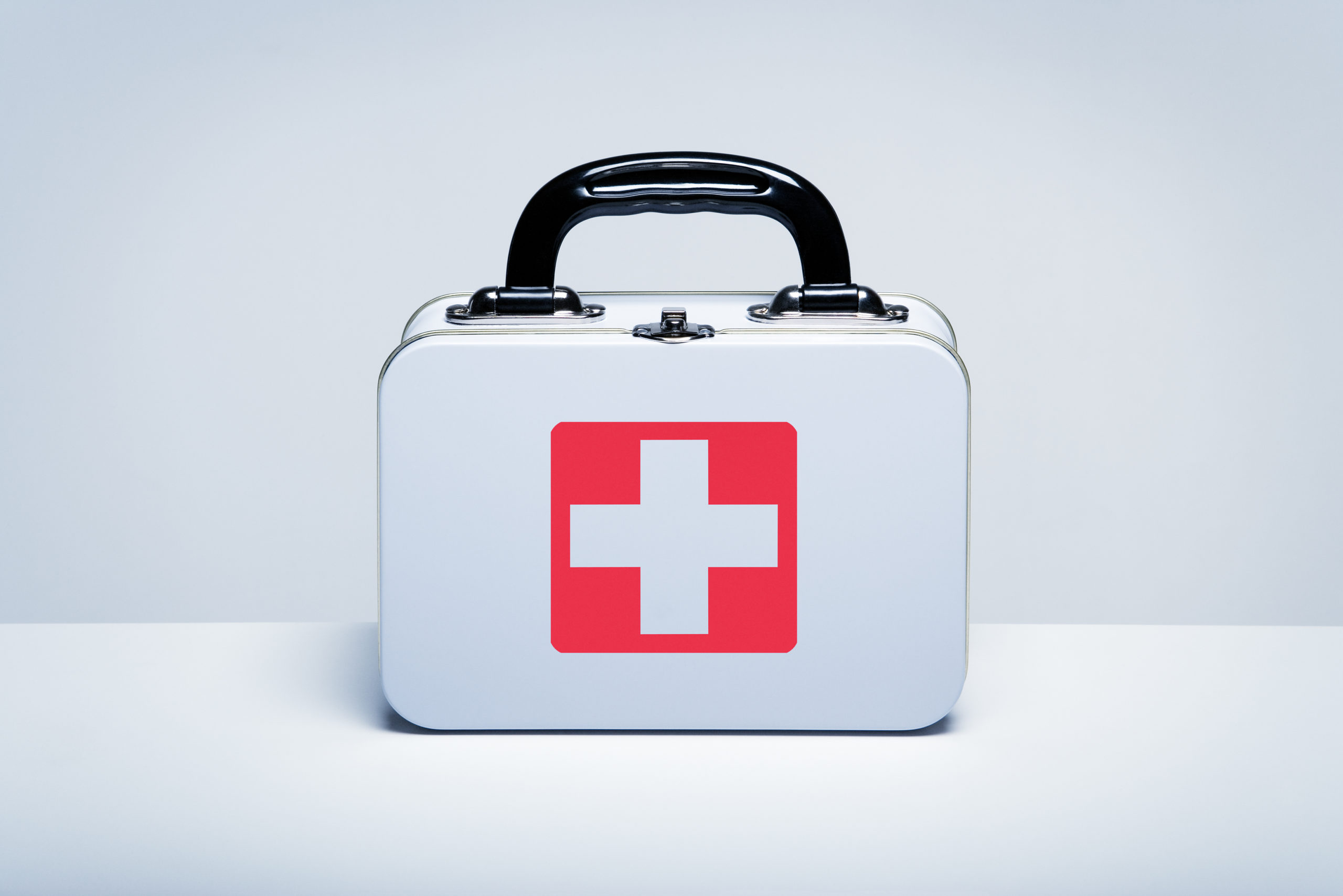Getting a mild burn (e.g., from cooking or styling your hair) can leave you running for the nearest faucet in search of cold water. While this may help soothe the stinging pain of a minor burn, would you know what to do if you sustained a more serious burn? (Hint: Lukewarm water may be a better idea.)
While some burns are minor and do not require medical care, others are a serious matter. If the burn is larger than 3 inches in diameter (across) or covers a major joint, you should seek immediate medical attention. Delaying care or treating a severe burn improperly can put your health at risk.
Five things you should never do to treat a major burn
Major burns are easily identified by blistered skin, open wounds, or skin that is black, brown or white. If you sustain a major burn, here are some important things you should never do:
- Do not use ice, ice water or cold water Ice, ice water and very cold water can further damage the affected tissues. For mild burns, you can safely keep the affected area under running cool or room temperature water for about 20 minutes. For more serious burns, however, you should cover the burn with a clean towel or sheet and go directly to the nearest emergency room for a medical evaluation.
- Do not use water if the skin is broken Clean running water is fine for treating burns. However, if you do not have immediate access to cool running water, you should avoid all other sources (e.g., rivers, lakes, pitchers, glasses), as they could introduce harmful bacteria. Bacteria is a major concern for burn wounds because the body’s immune system is compromised, which means it is more susceptible to infections like sepsis. Sepsis is one of the most common complications of burn victims.
- Never apply butter, ointments or sprays Despite what you may have heard, applying butter or other greasy substances to a burn may actually make things worse. Grease, fat and oil slow the release of heat from the skin. These substances may also lead to infections and make it difficult for the emergency room doctors to assess the severity of the burn and provide appropriate treatment.
- Do not try to remove clothing that is stuck to the skin You should remove any clothing or jewelry from the burned area, as they can trap heat and restrict blood flow to the area if it starts to swell. However, you should never remove anything that is stuck to burned skin, as it could cause further damage and create open wounds that are susceptible to infection. If you have anything stuck to a burn area, seek immediate medical treatment.
- Do not peel away damaged or blistered skin Popping blisters or peeling away skin removes the body’s way of protecting the underlying skin from infection as it heals. If you have a large or painful blister, seek medical care for proper treatment and to avoid infection.
If you need to treat a burn urgently, visit State Urgent Care for skilled, compassionate care. While mild burns typically heal in 1-2 weeks without medical intervention, more serious burns require proper treatment to prevent complications like infection, shock, sepsis or even death.
We can assess your injury and provide high-level burn care if needed. State Urgent Care is open 7 days a week from 8 a.m. – 7 p.m. for walk-in appointments.

